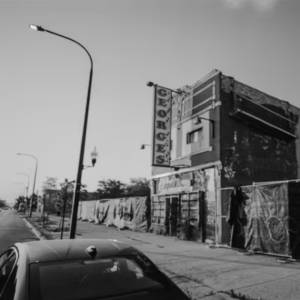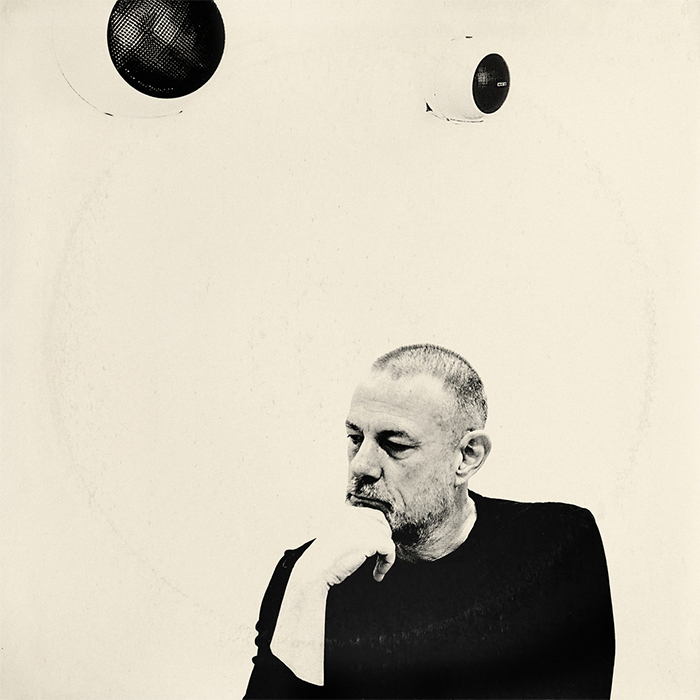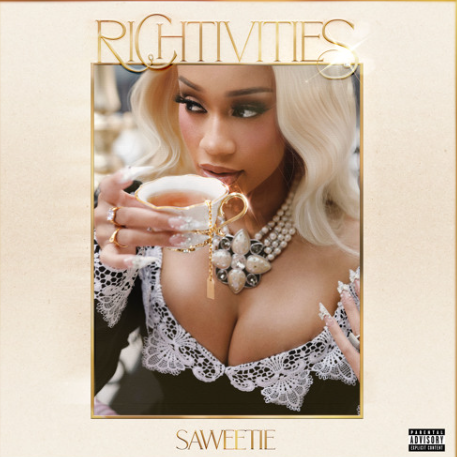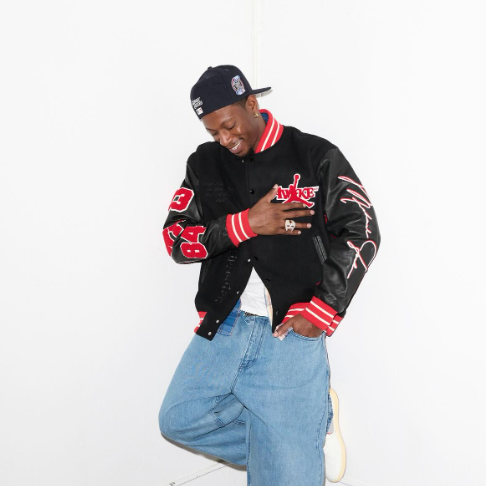Home to some of the most famous museums in the world, venue of one of the most renowned and dreamy cuisines, and paradise of both natural and manmade landscapes, France and its culture are among the most famous and studied on the entire planet. However, there is one aspect of the culture that, however fundamental for locals and deeply impactful on the country’s social, political, artistic and historical life, often goes unnoticed: its music.
Among the genres currently shaping the “sound of France,” one stands out: the Caribbean-imported Shatta.
Join us as we embark on a journey to discover the sounds that characterise the different countries around the world, starting with France, its Shatta phenomenon, and the incredible singer that made it popular in North America and worldwide.
French Music Culture
French music—both in language and nationality—has long been captivating and charming, often breaking through language barriers, landing in English-speaking countries. Hits like “Alors On Dance” and “Papaoutai” by Belgian Stromae, the unforgettable and nostalgic “Est-ce que tu m’aimes?” by GIMS, or the football anthem “Ramenez la coupe à la maison,” have all left their mark. And, of course, we can’t forget the timeless classic “La Vie En Rose,” a melody that has become synonymous with dreamy visions of Paris.
While much of French music is rooted in the solid foundation of indie pop – thanks to iconic artists such as Pomme, Clio, Zaz and her iconic “Je Veux” – there is another genre that has recently shaken up the national music scene. It is called Shatta, a dancehall genre born and shaped around the culture of the Caribbeans in the Antillean Island of Martinique.
Shatta in a Nutshell
Shatta is a genre that, through its soulful, charismatic and pronounced energy, is defining the music scene way beyond the French-speaking world.
The genre is incredibly catchy, able to conquer one’s body and soul and make people dance in ways they never imagined. Born from a similar cultural and musical process that gave rise to Reggaeton—one of the major musical phenomena of the last 20 years—Shatta is charting a similar path. Starting from its home region, the Caribbeans, the genre first reached the French overseas coasts before expanding into the largest clubs across the European continent.
Not to be confused with the sound of Ghanaian reggae-dancehall artist Shatta Wale, Antillean Shatta is an exotic and fervent, uncontrollable in its energy. With its vibrant rhythms, Shatta is capable of fully captivating and controlling the spirit of those who are ready to be immersed in a surreal and otherworldly experience, getting lost in a fever dream of energy, movement and passion.
From the Bottom to the Stars: Origins and Rise of Shatta
Born in the late 1990s and early 2000s in the tropical and warm Caribbean islands of Martinique and Guadeloupe, Shatta rose fast, embracing the local spirit to its core, melding together the rhythms of Jamaican dancehall, the local languages (in particular Martinican Creole) and open discussions on hot social matters.
What is Martinican Creole?
The language that first defined and shaped the genre was Martinican Creole, a local language originating from French. More specifically, Creole is a language that develops from the simplification and fusion of different languages into a new one, then fully spreading among locals in a brief period of time. In Creole, the particularity is the systematic simplification of grammar. In the case of Martinican Creole, a form of Antillean Creole, not only it embraced French, but also the influenced the neighbouring English-dominated islands of Saint Lucia and Dominica.
However, as much as Shatta revolves mainly around this language, with its warm, welcoming and catchy sound, there is no lack of English and French here and there.
Themes and the Social Context
Subgenre of dancehall, Shatta was born in a context of impoverishment and decay, in which music was not only a hobby but, above all, a tool to detach and withdraw the mind from the harshness of the surrounding social, political and economic context. In fact, as with many other underground genres, Shatta was first born on the street and for the street. Rising from the lower divisions of society, the genre naturally embraced the essence of local life, notoriously unapologetically and ruthlessly discussing social issues and struggles, as well as the sense of love, resilience and community that sparked from local living conditions.
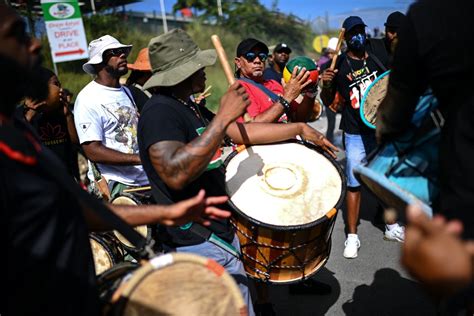
As the genre made itself a name, more and more people found their own lives represented in the sound and themes narrated in Shatta. Encapsulated within its notes was the beginning of a subgenre ready to catch the local and international community by storm.
From the Antilles to France
Originating in the small islands of the Caribbean, Shatta immediately gained popularity—and not only across the European continent. French-speaking countries soon started embracing the new genre, vibing on the new, exotic sound. The genre, however, received special attention and appreciation in France, where it soon evolved from an emerging subgenre to the main soundtrack of local nightlife.
Shatta in Nightclubs: From Day-to-Day Life to the Dance Floor
One of the key factor behind Shatta’s quick rise in Europe was the role of the internet and social media, which are widely used by the young audiences that today represent the genre’s largest fanbase. Within months, France became aware of this vibrant sound, and it wasn’t long before partygoers demanded it in their favorite clubs. From Paris to Nice, from Lyon to Bordeaux, the genre became an immediate sensation no one could resist!
Aya Nakamura: When Shatta Made it to the US
Does the genre sound familiar to you? There is a reason for that – or rather, a name: Aya Nakamura.

Aya Danioko was born in the Malian capital of Bamako into a family of griots (storytellers). Her family settled in the Parisian suburb of Aulnay-sous-Bois, where she grew up and started her music career in 2014 with the Facebook release of her first “Karma.”
The singer immediately became popular in France. And as the genre crossed the ocean from the Antilles to Europe, so it did with the Caribbean Sea, headed north to the United States. There, the singer landed her biggest international success, 2018’s “Djadja” and the consequent Nakamura. In the album, other massive hits included “Pookie,” “Jolie Nana” and “Copines.”

